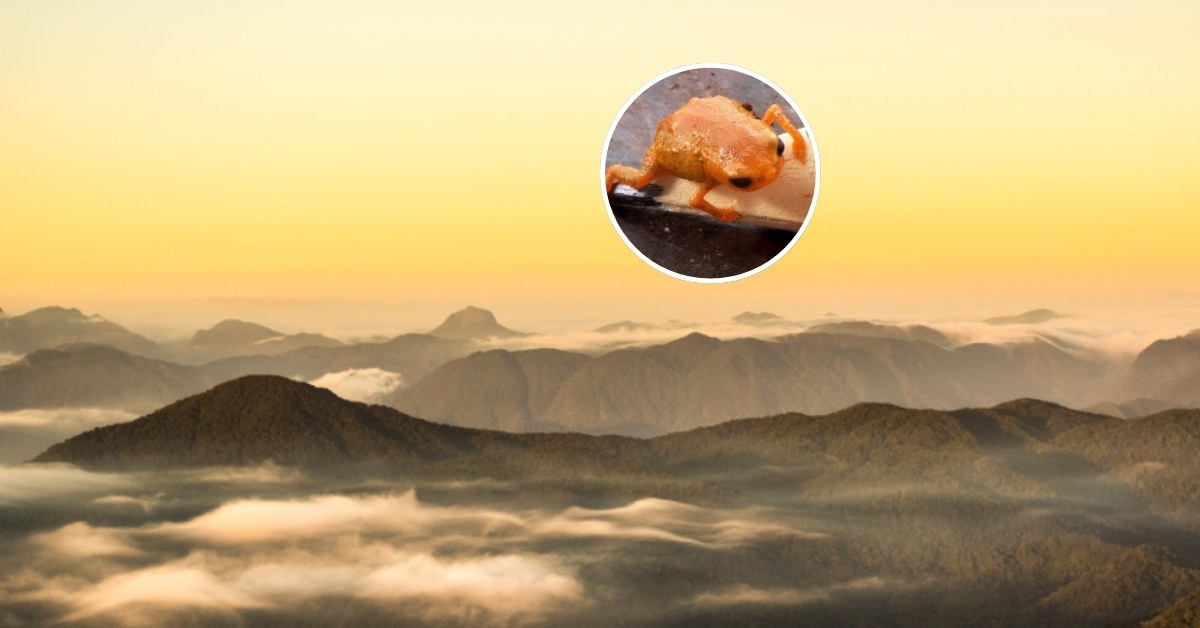African giant pouched rats have serious jobs to do.
In the past, the species has been trained to detect explosives, like landmines, as well as a tuberculosis-causing pathogen.
Their superior sniffers have been recruited by Apopo, a nonprofit that trains and researches scent-detecting animals, like rats and dogs.
Now, the rodents have been trained to sniff out the offenders of the global illegal wildlife trade.

They can pick up the scent of pangolin scales, elephant ivory, rhino horn, and African blackwood — all animals and plants that are threatened and at high risk of extinction.
A new study showed off their skills, published in Frontiers in Conservation Science earlier this week.
“Our study shows that we can train African giant pouched rats to detect illegally trafficked wildlife, even when it has been concealed among other substances,” said Dr. Isabelle Szott, a researcher at the Okeanos Foundation, and first co-author of the study.
Training wildlife-sniffing rats
Many of the rats, who were studied at Apopo in Tanzania, were named after conservationists and advocates against wildlife trafficking: Kirsty, Marty, Attenborough, Irwin, Betty, Teddy, Ivory, Ebony, Desmond, Thoreau, and Fossey.
The critters each underwent several intensive training stages, including learning how to hold their noses in a hole for several seconds, while a target scent was introduced. This “nose poke” trick was rewarded with flavored food pellets and primed them for the next step of their training.

From there, the rats encountered non-target odors, like coffee beans, peanuts, leaves, and electric cables, which are objects often used to mask the scent of wildlife in real-world trafficking situations.
“During the discrimination stage, rats learn to only signal the odors of the wildlife targets, while ignoring non-targets,” Szott said in a statement.
Lastly, the rats were trained to remember smells, going months without exposure and still maintaining perfect retention scores. According to the scientists, this cognitive retention resembles that of scent-sniffing dogs.
Dogs are certainly still utilized in these kinds of operations, but Apopo’s goal is to make scent-detection even more accessible, and although “giant” might be in their names, these rodents can fit into much smaller spaces than their canine counterparts.

“Existing screening tools are expensive and time intensive and there is an urgent need to increase cargo screening,” Szott said.
“Apopo’s rats are cost-efficient scent detection tools. They can easily access tight spaces like cargo in packed shipping containers or be lifted up high to screen the ventilation systems of sealed containers.”
By the end of training, eight of the rats were successful in identifying four commonly smuggled wildlife species — among 146 non-target scents.
Vests fit for a hero
Once the success of the rats was proven, researchers had to develop a way for the rats to work in the environments in which wildlife is trafficked.
So, naturally, the rodents were given custom-tailored vests that enable them to pull a small ball attached to their chests to emit a beeping sound, alerting their handlers to a target.

They’re the perfect style for any occasion, too, the researchers said.
“The vests are a great example of developing hardware that could be useful across different settings and tasks, including at a shipping port to detect smuggled wildlife,” the study’s first co-author Dr. Kate Webb, an assistant professor at Duke University, explained.
While the rats have exhibited their skillset in a controlled study, they are still not totally ready to be deployed in the field and will need to continue training, as the researchers continue to refine their tactics.

And they’re optimistic.
In a 2023 field trial at the Dar es Salaam seaport in Tanzania, the Apopo rats found over 83% of planted wildlife targets, which made for increased support for the research behind their implementation.
“The trials showed that our rats were able to work confidently and effectively in an operational seaport,” Szott said in a blog post for Apopo.
“These findings are significant indicators of the potential of our rats to aid in the fight against the illegal wildlife trade. Not only can rats do the work, but in addition, the involved government parties were impressed and voiced their critical support.”

Moving forward, Apopo is scaling up its wildlife trafficking detection program. A new litter of rats is currently training, with valuable insights gained from the field, and fine-tuning the design and functionality of the rats’ vests.
“Within the next few years, wildlife detection could become Apopo’s next operational program,” Szott continued in the blog post.
“Building on the many years of lessons learned in training scent detection rats and developing new and innovative methods, we have been able to develop training protocols, implement lessons learned, and create new pathways for our rats.”
Header image courtesy of Apopo



